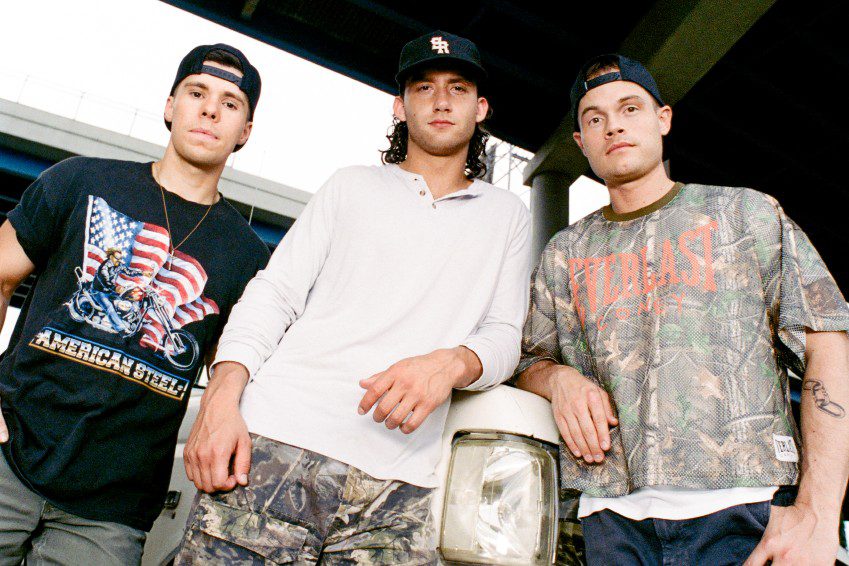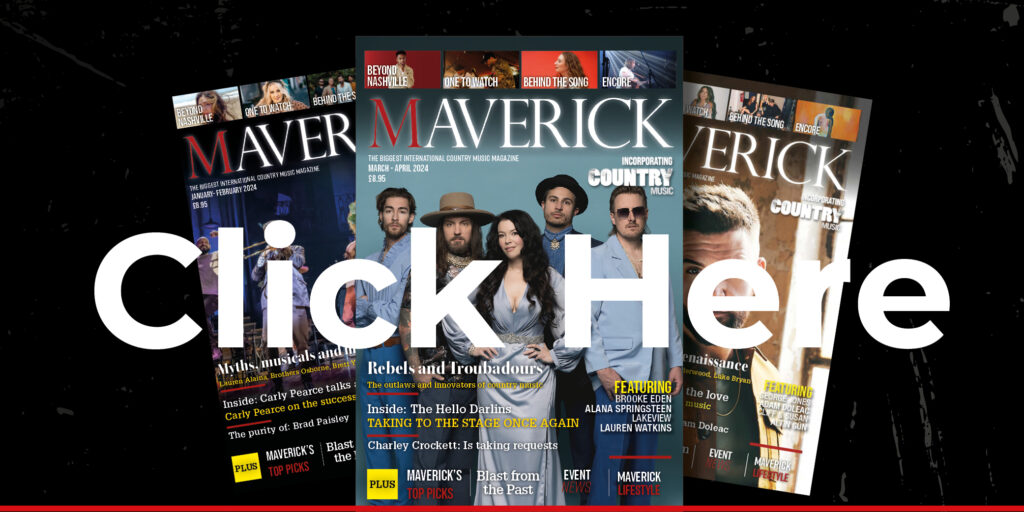
Celtic Connections
Review Date: January 17 – February 3, 2013
Review By: Paul Kerr
Location: Glasgow, Royal Concert Hall
It was 20 years ago that Celtic Connections was conceived, allegedly as a way of filling up dead time in Glasgow’s Royal Concert Hall in the dreary dark days, following the Christmas period. A truly Celtic festival at that time, all of the events were held in the concert hall with the programme stating: “…the emphasis is on Celtic folk groups and singers, modern Celtic art, the art of conversation, a fashion show and a number of ceilidhs…” 35,000 folk duly attended, an astonishing number for a new festival event lasting a fortnight. Fast track to Celtic Connections 2013 and over 100,000 hardy festival-goers saw shows in 20 different venues from 2,100 artists, while the festival has expanded to include an innovative schools programme.
Apart from the Edinburgh Festival and its associated Fringe, Celtic Connections is now firmly established as Scotland’s premier cultural shindig and as its focus, unlike Edinburgh, is firmly on roots music, it’s well deserving of some investigation. Aside from its purely statistical growth into the behemoth it has become, Celtic Connections has also grown in breadth and vision over the years to the extent that eyebrows have been raised on occasion at the inclusion of some artists, what price Tom Jones for example. Well, he’s Welsh but when he appeared he was billed as part of that year’s gospel theme and had recently released an album of gospel songs, so the connections part certainly fitted. And so with musicians from across the world now regularly appearing, it’s fair to say that the festival is a way of celebrating a home-grown culture and its relationship with indigenous music from around the globe.
Encompassing music from Asia, Africa, Europe and the Americas, it’s perhaps a perfect example of what was termed in the 1980s as world music and for a fortnight, Glasgow is the centre of that world. The Americana strand of this world vision has been apparent from the start when the McGarrigle sisters played back in 1994; however over the years this element has grown to the extent that one could see a gig a day and each and every one would be a roots-type artist from the States. Bluegrass, folk, blues, hillbilly, all are catered for. Furthermore for any such intrepid gig-goer, there would be an abundance of choice with decisions to be made-who to see, who to pass on, small intimate show or 3,000 capacity venue?
I managed to catch a few shows in various venues sticking to artists I knew and admired, a snapshot if you like. However the list of those I didn’t see included The Be Good Tanyas, Eric Bibb, Mary Chapin Carpenter, Jerry Douglas, Little Feat and Martha Wainwright-names I’m sure that are familiar to most Maverick readers. The first show was in the Old Fruitmarket, a venue that has supplanted the Royal Concert Hall as the showcase for all that is good about Celtic Connections, with the BBC televising a selection of artists performing there. The occasion was the Scottish debut of Canadians, Petunia & the Vipers, a band who bridge that unbridgeable gap between Hank Williams and David Lynch, on record at least. With an audience of around 1000, Petunia (real name R. Fortugno) spooked us with some lonesome yodelling as he drew from their eponymous album of last year and the crowd seemed bewitched. However with a band that includes members of the late Ray Condo’s rockabilly combo, it wasn’t too big a surprise to see them cutting loose mid-set with a brace of energetic rhythm ‘n’ blues numbers, including a cracking rendition of Little Willie John’s I’m Shakin’, which saw some jitterbugging in the aisles. It was easy to see why Phil Alvin of The Blasters has been quoted as saying: “Petunia and the mother****ing Vipers, one of the best bands in the world today, of any kind.” Support band on the night was the energetic Woody Pines, who paved the way for Petunia with their railroad and hobo tales and a particularly fine rendition of Satisfied And Tickled Too.
Four days later and it was off to Kelvingrove Art Gallery and Museum to see the Cowboy Junkies and John Murry. One of the many sold out shows this year, the choice of this Edwardian edifice, a massive red sandstone building with cavernous galleries opening out from a central hall, is testament to the boldness of the Celtic Connection spirit. Unfortunately, a massive high vaulted marble space does not make for good rock music and coupled with poor seating arrangements meant that both acts struggled with the sound while most of the audience had only a limited view of the low temporary stage. For Murry, this was particularly difficult. Touring to promote his tremendous 2012 album, THE GRACELESS AGE, he and his three-piece band attacked the songs with a Neil Young-like ferocity, but for the most part they were dwarfed by the space and defeated by the sound problems. He triumphed with his closing song however, Little Coloured Balloons, which recounts his near-fatal encounter with heroin, saw him forsake his guitar and deliver a heartrending rendition, which managed to be both spellbinding and audible. It was gratifying to see a queue of folk after the show at his merchandising table and hopefully when he returns, it will be in a small club setting where I reckon he’d set the stage on fire. The Cowboy Junkies suffered from the sound problems also with the bass and drums reverberating around the stone canyons of stuffed elephants and dinosaur bones. However in their quieter moments they overcame this and delivered a fine stately set that included a brace of songs from their recent four piece Wilderness releases, along with the expected gems from the Trinity Sessions, with Misguided Angel being a particular highlight. Had it not been for the venue this would have been a wonderful night.
Come the weekend, it was off for some light relief in the shape of The Two Man Gentleman Band who were appearing at the Glasgow Piping Centre. Another sold out show and this time the auditorium was just right. The Two Man Gentleman Band, Andy Bean (guitar, banjo) and the Councillor (double bass, kazoo) proved to be great showmen and had the audience fired up and occasionally in stitches, with their infectious brand of Slim Gaillard-styled jive. With most of their songs celebrating food and drink, they gleefully regaled us in the delights of Tikka Masala and Pork Chops, although they also sang a song in praise of President William Taft’s girth. Great fun indeed but amongst the humour and the audience participation it was evident that both of these Gentlemen are fine musicians, with Bean’s guitar and banjo playing well up to par. Indeed The Two Man Gentleman Band was one of the highlights of the BBC’s televised concert filmed later at the Old Fruitmarket. Our next show saw us venturing into the east end of Glasgow to the fabled Barrowlands Ballroom, a faded 1960s relic that makes up for what it lacks in comfort and style, with its rousing atmosphere and reputation as the best rock venue in Scotland.
A packed crowd saw a storming performance by Old Crow Medicine Show. Front man Ketch Secor was whirlin’, twirlin’ and high kicking throughout the night, drenched in sweat after the first few numbers, with Alabama High Test and Take Em Away coming across as turbo-charged hillbilly music. With Gil Landry taking the lead on a raucous Mary’s Kitchen, they could have banged out this all night and the audience would have been sated. However the gentle lope of C.C. Rider drew a huge response while “James River Blues” was taken at a fine lick and allowed the band to showcase their ability to capture a pure Americana essence. Their signature song, Wagon Wheel had the crowd in raptures, singing along as best they could while a spirited version of Take A Whiff On Me proved that a collection of banjo, fiddle and guitar can be as noisy and rocking as heavy metal.
The last show I attended was another compact event held in the Glasgow Arts Club, a townhouse in the city centre with a back room that held around 100 folk. We were there to see Otis Gibbs, the bearded troubadour from Wannamaker, Indiana. He regaled the room with tales of his Uncle’s somewhat unorthodox babysitting methods and told a very fine story of when he was mistaken for a homeless bum by a German TV company. Fine as his tales were he delivered a strong set of songs gathered from his albums opening with “Second Best” from last year’s lauded HARDER THAN HAMMERED HELL, before getting gritty with Where Only The Graves Are Real, a song that pretty much summarises his no bullshit attitude to life. At the end of the show he unplugged his guitar and wandered through the crowd while performing the excellent Karluv Most, a touching end to his set. Gibbs’ support act, John Fulbright was the discovery of the festival for me. This 25-year-old Oklahoman was nominated for a Grammy for his debut studio album, FROM THE GROUND UP and was profiled in Maverick 116. Accompanied by guitarist Terry ‘Buffalo’ Ware, he played a very strong set that included Forgotten Flowers” and the punchy ragtime picking of Satan & St. Paul. It was clear from these that Fullbright was a writer of note and this was confirmed by his rendition of Gawd Above. Well, it turns out that he didn’t get that Grammy after all but on the strength of this showing, it shouldn’t be too long until he does.
So that’s a snapshot of the Americana input to Celtic Connections taken at a leisurely pace (in contrast to one local guy I was talking to who had attended a gig each night bar one). From the sweaty crowded Barrowlands to the sedate Glasgow Arts Club, each gig had its own special feel and there was a fine sense of camaraderie amongst the gig-goers with familiar faces popping up at several of the shows. With the exception of the Kelvingrove Art Gallery sound mishmash, I’d consider all of the events successful and for anyone thinking of heading up north for next year’s festival, I’d recommend it heartily but be prepared to book as soon as the programme is announced as tickets do go fast.




